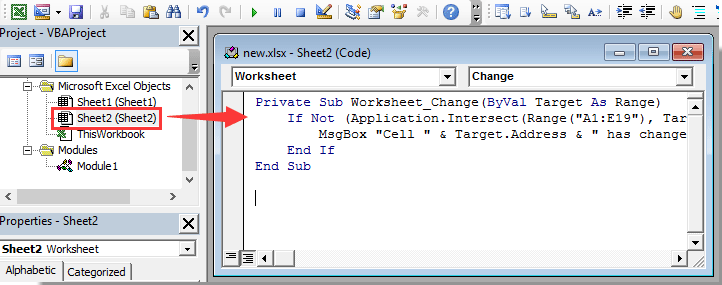

This is the end of your Macro, you will type everything you need for the Macro between these two lines. Note that when you press the return key, a line is skipped and then you see “End Sub”.I’m going to name my Macro “mySecondMacro”


There are many options when it comes to creating Macros, for now we will be doing them all this way. You are now ready to start writing your Macro.Īll the Macros we will be dealing with for now will be created by typing “Sub”, then the Macro name, followed by two brackets”()”. Double click on your module name (first defaults to “Module1”).With the file open, go to your Visual Basic Editor (VBE) by pressing Alt+F11 together. The finished report will look like this….ĭownload this file, which you will be working from : Macros_Example_2Įxcel VBA Macros : How To Change Text In A Cell Create A Moduleīefore you start writing a Macro, you need somewhere to create it! In prior posts, we were working on a report that had to be formatted. The last post contained a lot of information and don’t worry if you feel like it was too much to take in at once – over the coming weeks we are going to build up the Macro one piece at a time. If you have not already read them, I would suggest going through them now before continuing. Recording your first Macro (and challenge question).Run your code – either by pressing on F5 or Run> Run Sub / UserForm.Our series of posts on Excel VBA Macros began with these posts:.Specifically we use the Excel VBA method and pass the corresponding RGB value or color index.In our example we’ll modify the interior color of a range of cells to specific cell RGB values corresponding to the red, yellow and green colors. Alternatively, select a module that has your VBA code. Next highlight the Worksheet in which you would like to run your code.Hit Visual Basic or Alt+F11 to open your developer VBA editor.Now go ahead and define a named Range by hitting: Formula>Define NameĬhanging cell interior color based on value with.


 0 kommentar(er)
0 kommentar(er)
